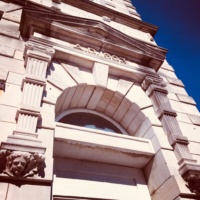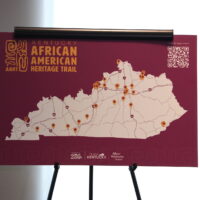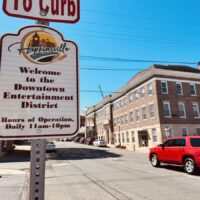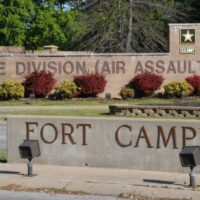If not for the letters he wrote every day for 30 years to his mother back in Hopkinsville, Col. Edmund W. Starling might not have completed a memoir of his tenure protecting five American presidents as part of the Secret Service detail to the White House. Those letters, some 11,000 in all, were the basis for the book “Starling of the White House” as told to writer Thomas Sugrue and published in 1945 by Simon and Schuster. (Sugrue also wrote “There is a River,” the biography of clairvoyant Edgar Cayce, who like Starling, was a native of Christian County.)
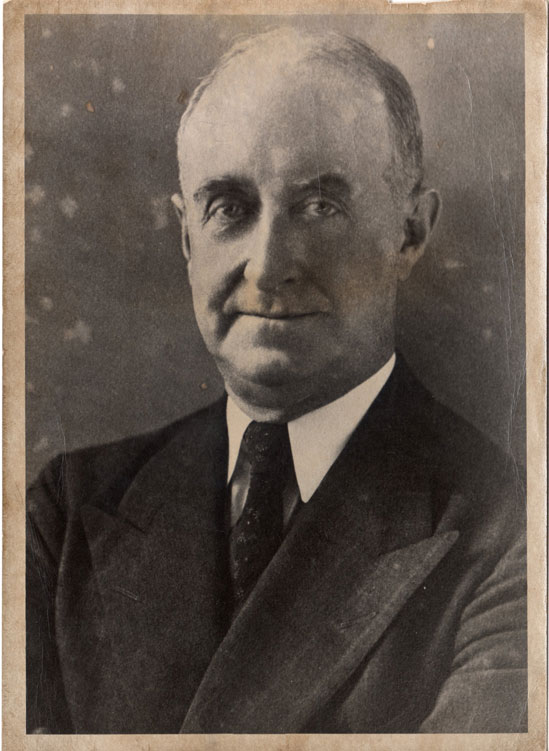
Born in Hopkinsville in 1875, Starling was part of the Secret Service responsible for protecting presidents Woodrow Wilson, Warren G. Harding, Calvin Coolidge, Herbert Hoover and Franklin D. Roosevelt. His tenure with the Secret Service ran from 1914 to 1943.
Starling’s book is a rare, intimate chronicle of life in the White House with personal reflections that touch on his political and personal beliefs.
In one such story, Starling related an episode that followed the death of Calvin Coolidge’s 16-year-old from an infection. He wrote:
Very early one morning when I came to the White House, I saw a small boy standing at the fence, his face pressed against the iron railings. I asked him what he was doing up so early. He looked up at me, his eyes large and round and said.
“I thought I might see the President,” he said. “I heard that he gets up early and takes a walk. I wanted to tell him how sorry I am that his little boy died.“
“Come with me, I’ll take you to the President,” I said.
He took my hand and we walked into the grounds. In a few minutes the President came out and I presented the boy to him. The youngster was overwhelmed with awe and could not deliver his message, so I did it for him.
The President had a difficult time controlling his emotions. When the lad had gone and we were walking through Lafayette Park he said to me, “Colonel, whenever a boy wants to see me always bring him in. Never turn one away or make him wait.“
- RELATED: Christian County’s 22 historical markers tell stories of the past
- RELATED: Hopkinsville native Mary Bronaugh was among early female lawyers in Kentucky
On March 17, 1935, the New York Times published a lengthy article about Starling’s promotion to chief of the White House’s Secret Service detail. It begins with this:
The White House Secret Service detail has a new chief, and the President has a new protector-in-chief. The force of men who, by law, “protect the President of the United States, his family and the President-elect,” now take orders from Colonel Edmund W. Starling of the Kentucky Starlings. … A gaunt, athletic figure, who speaks slowly but moves swiftly, Colonel Starling plans no change in routine of guarding the President and his family. The assignment, though difficult and delicate, has been organized to split-minute exactness since Congress authorized the Treasury Secret Service to assign a special squad to the White House after the assassination of President McKinley. Although Treasury agents had previously guarded the Chief Executive on special occasions, not until after the tragedy at Buffalo in 1901 did they keep perpetual vigil over him.
Starling died in 1944 of complications from pneumonia, a year after his service at the White House ended. His cremated remains were interred at Arlington National Cemetery.
Jennifer P. Brown is co-founder, publisher and editor of Hoptown Chronicle. You can reach her at editor@hoptownchronicle.org. Brown was a reporter and editor at the Kentucky New Era, where she worked for 30 years. She is a co-chair of the national advisory board to the Institute for Rural Journalism and Community Issues, governing board past president for the Kentucky Historical Society, and co-founder of the Kentucky Open Government Coalition. She serves on the Hopkinsville History Foundation's board.

